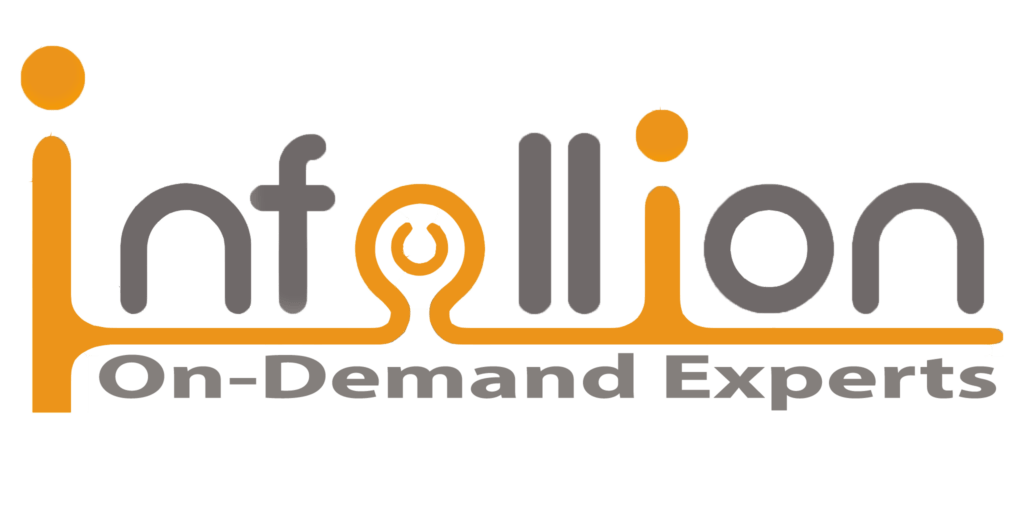Curriculum
- 7 Sections
- 42 Lessons
- 1 Day
Expand all sectionsCollapse all sections
- Introduction to Value Stream Mapping (VSM)6
- 1.0Definition and importance of Value Stream Mapping
- 1.1Historical background and evolution of VSM
- 1.2Core principles of VSM
- 1.3Interactive simulation: Understand the basic flow of VSM
- 1.4Case studies from leading manufacturing companies implementing VSM
- 1.5Discussion on common challenges and misconceptions about VSM
- Understanding Value and Waste in the Value Stream6
- 2.0Identifying value-added and non-value-added activities
- 2.1Understanding the seven types of waste (TIMWOOD: Transport, Inventory, Motion, Waiting, Overproduction, Overprocessing, Defects)
- 2.2Role of VSM in eliminating waste and enhancing value
- 2.3Exercise to identify value and waste in a simulated production process
- 2.4Examples of waste reduction and value enhancement through VSM
- 2.5Group discussion on identifying value and waste in their own processes
- Creating Current State Maps6
- 3.0Steps to create a current state value stream map
- 3.1Symbols and notations used in VSM
- 3.2Collecting data and mapping the current state
- 3.3Hands-on exercise on creating a current state map for a hypothetical production process
- 3.4Case studies showcasing current state maps in various industries
- 3.5Discussion on challenges and best practices in creating current state maps
- Analyzing the Current State Map6
- 4.0Identifying bottlenecks and areas for improvement
- 4.1Techniques for analyzing the current state map
- 4.2Role of root cause analysis in VSM
- 4.3Exercise on analyzing a current state map and identifying improvement opportunities
- 4.4Real-world examples of current state map analysis
- 4.5Group discussion on analyzing their own current state map
- Designing the Future State Map6
- 5.0Steps to create a future state value stream map
- 5.1Principles of lean thinking in designing the future state
- 5.2Setting improvement targets and action plans
- 5.3Hands-on exercise on creating a future state map for a hypothetical production process
- 5.4Case studies showcasing future state maps and improvement plans
- 5.5Discussion on challenges and best practices in designing future state maps
- Implementing and Sustaining Improvements6
- 6.0Steps for implementing improvements based on VSM
- 6.1Role of continuous improvement and Kaizen in sustaining changes
- 6.2Measuring the impact of VSM and continuous improvement efforts
- 6.3Simulation of a Kaizen event to implement and sustain improvements
- 6.4Examples of successful implementation and sustainability of VSM improvements
- 6.5Group discussion on strategies for sustaining improvements
- Advanced VSM Techniques6
- 7.0Integrating VSM with other lean tools and techniques
- 7.1Using digital tools and software for VSM
- 7.2Adapting VSM for service and administrative processes
- 7.3Exercise on using advanced VSM techniques and tools
- 7.4Case studies of advanced VSM applications
- 7.5Discussion on integrating VSM with other continuous improvement initiatives

